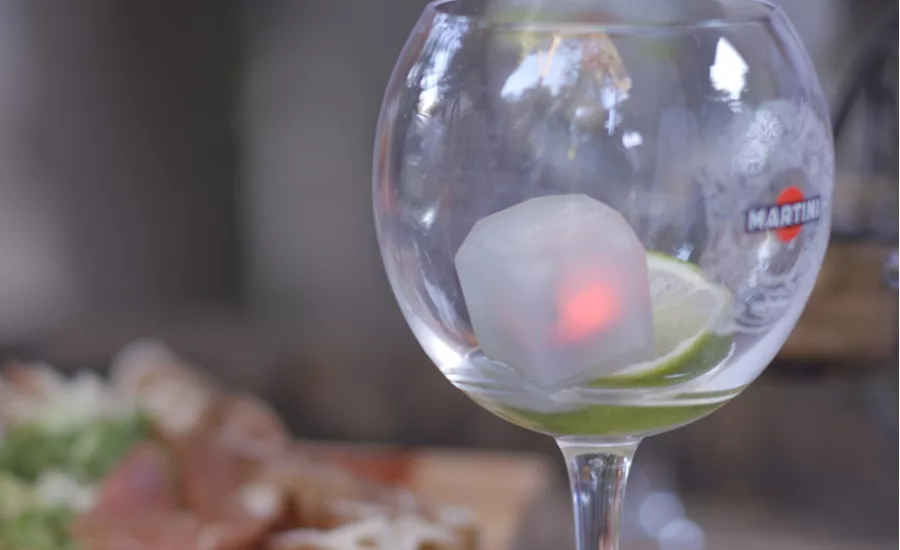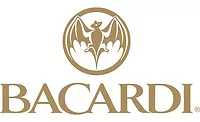Martini releases ice cube-shaped smart device
Smart Cube uses Bluetooth technology to communicate to bartenders

Hamilton, Bermuda-based Bacardi Ltd. announced the release of Smart Cube technology from Martini. The traditional ice cube-shaped device can be added to a drink in addition to regular, square ice cubes. As the drink is consumed, the Martini Smart Cube uses Bluetooth technology to anticipate when a drink is finished and communicates with the bar in real-time, the company says. Staff then can prepare drinks in advance so consumers don’t have to wait. To encourage responsible drinking, the Smart Cube also keeps track of the number of drinks consumed, it adds.
Created by Martini, a vermouth and sparkling wine brand, and its agency partner AMV BBDO, the Martini Smart Cube premiered at the Terrazza Martini Darsena, at the Italian F1 Grand Prix at Monza this past weekend.
The Martini Smart Cube was created with advanced design software and the final product cases were injection-molded in food-safe resin. As well as providing its real-time ordering technology, it also functions as a traditional ice-cube through the use of Aerogel, a technology created by NASA, which keeps the temperature of the cube cool, and allows the device to stay buoyant.
“At Martini, we believe that time with friends is time well spent. Our Smart Cube technology means that you can do just that instead of queuing at the bar,” said Laila Mignoni, creative excellence director for Martini, in a statement. “There’s huge potential for innovation within the beverage industry and this is just the beginning.”
James Rowley, director of creative technology at AMV BBDO, added: “Creating an ice-cube packed with technology presented some difficult challenges. Bluetooth signal strength is reduced significantly when immersed in liquid. But by tweaking the power and carefully positioning the antenna we managed to get the range to about 30 meters, even in a busy bar environment.”
How the MARTINI Smart Cube technology works
- Prototype ice-cube cases were developed using advanced 3-D modeling software and then produced using 3-D printing. The final product cases were injection-molded in food-safe resin and sealed with silicon.
- The Smart Cube’s sides are 25 mm in length, and communication between the cube and the bar is conducted using Bluetooth technology to an iPad Pro equipped with a bespoke web application.
- The iPad Pro web app stores data on the cloud and features analytics to track drink activity; for example, the number of Bianco versus Rosso ordered.
- Consumers are able to order only up to two drinks using the Smart Cube.
- Detecting drink levels is achieved using capacitive liquid sensors within the cube case.
- When a drink reaches a low level, the cube’s transmission beacon momentarily switches off and the LEDs in the ice cube pulse in a unique color sequence.
- The LED and beacon are controlled from a bespoke designed printed circuit board (PCB) and powered by a small battery.
- NASA technology in the form of Aerogel has been used to ensure the Smart Cube also functions as an ice cube; the Aerogel also serves as a floatation aid, keeping the beacon horizontal, which is important for signal transmission strength.
Potential applications of the Smart Cubes
- Detect when drinks have been tampered with;
- Detect alcohol content of drink;
- Ability to measure consumption;
- Track number of drinks ordered, to help businesses keep track of stock and measure drink popularity; and
- Group cubes to help locate the friends for whom a round of drinks were ordered.
Looking for a reprint of this article?
From high-res PDFs to custom plaques, order your copy today!







